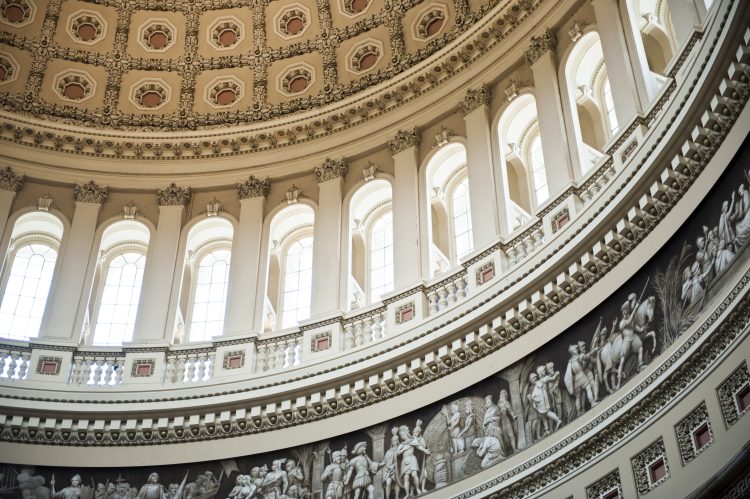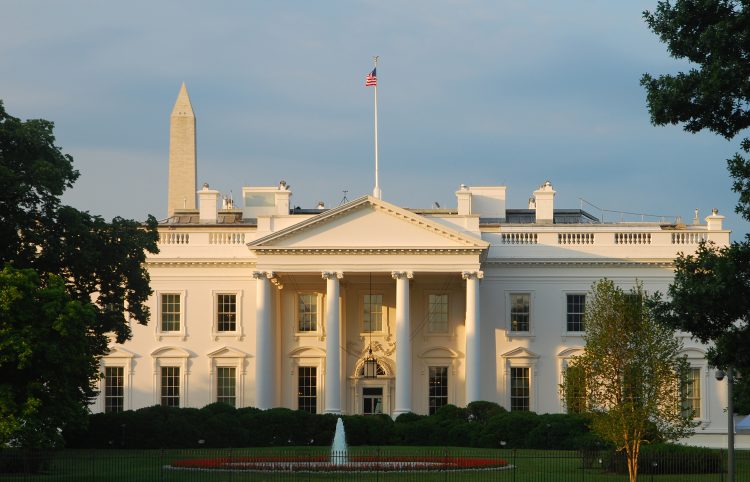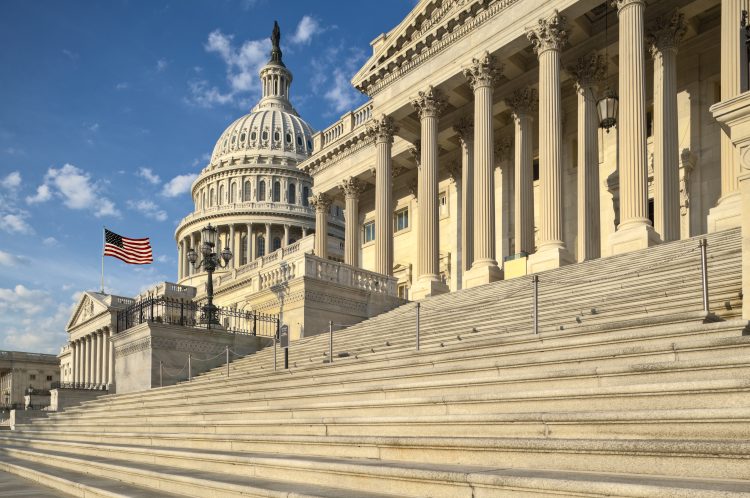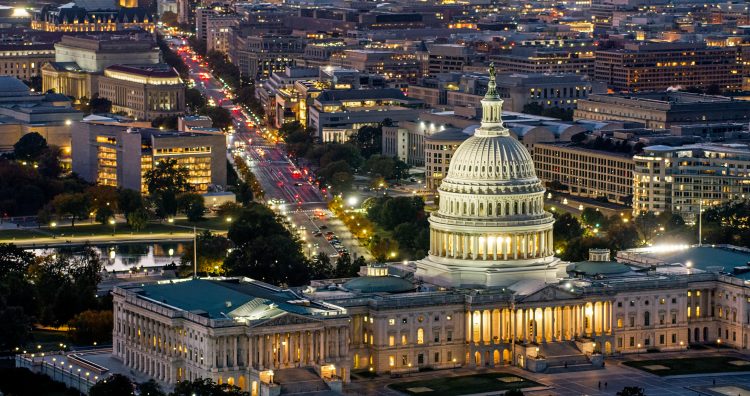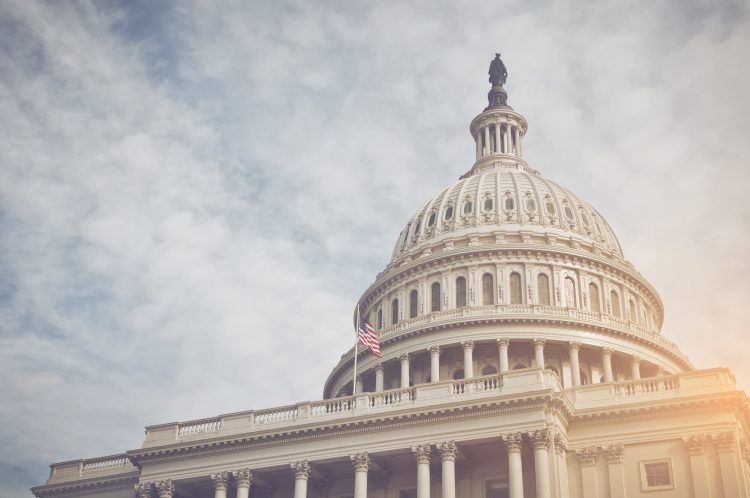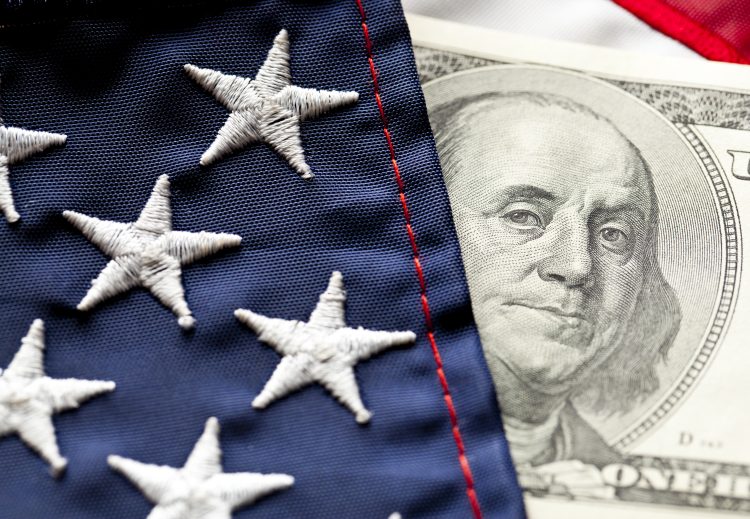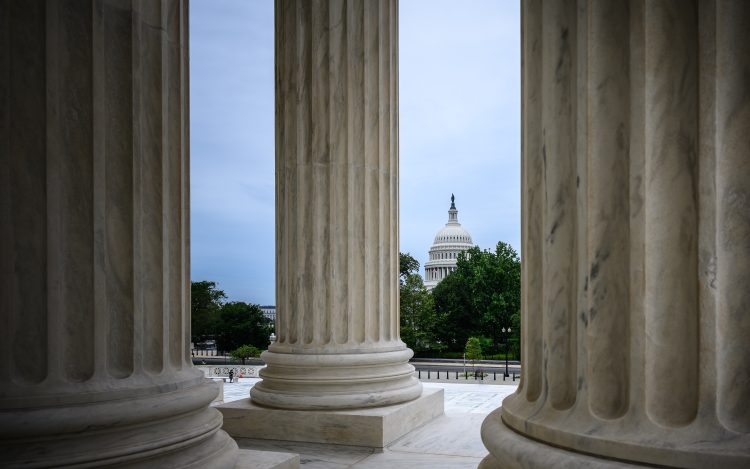This week on Facing the Future, I turned to our own expert panel of Congressional staff veterans, Concord Coalition policy director Tori Gorman and chief economist Steve Robinson to dissect the House Republican debt limit and deficit reduction package that just passed by a two-vote margin this week. This was one of those weeks in Washington when things move quickly, so just a few hours after we recorded this program, House Speaker Kevin McCarthy’s leadership team made a few targeted changes to the package to attract some holdout Republican votes. The final version of the bill remained pretty much as we discussed.
Later in the program, Concord national field director Phil Smith and communications director Av Harris joined me as we got a chance to catch up with University of North Carolina economics professor Mike Aguilar, who founded and currently runs the Fiscal Challenge competition that was the subject of last week’s program.
In a blog I published Monday called “Right Fight, Wrong Hill,” I give the House Republicans credit for putting forward some serious plans to reduce the federal deficit by about $4.5 trillion over the next 10 years. But I don’t think it’s appropriate to make any particular policy agenda into a set of conditions for agreeing to raise or suspend the debt limit, which must be done to allow the government to keep paying the bills it has already incurred.
The current debt limit is $31.4 trillion, which was reached in January. Since then, the Treasury Department has been employing so-called ‘extraordinary measures’ to keep meeting its fiscal obligations. But the clock on that may run out as early as June. If the two sides cannot agree on a plan to raise the debt ceiling, the federal government would default on some of its obligations.
No one is expecting a quick resolution of the partisan standoff. Republicans who control the House refuse to pass a debt ceiling increase unless Democrats who control the Senate and the White House agree to substantial spending cuts. Meanwhile, President Biden insists he will veto anything other than a “clean” debt limit extension without conditions, saying he’s willing to negotiate spending cuts with Republicans as part of a budget package.
So what’s in the Republican proposal? The big pieces include discarding President Biden’s executive actions canceling billions of dollars worth of student loan debt, as well as billions of dollars worth of tax incentives to spur the renewable energy industry and electric vehicle market as part of provisions in last year’s Inflation Reduction Act. It would also claw back billions of dollars in unexpended COVID relief funds, restore federal spending to Fiscal Year 2022 levels, and hold the growth of discretionary spending (annual appropriations) to 1% per year over the next 10 years. In addition, it would impose tighter work requirements on beneficiaries of programs such as Medicaid and SNAP food assistance, and repeal more than $80 billion in increased funding for the Internal Revenue Service approved by Congress last year to bolster revenue collection. Concord policy director Tori Gorman says everyone knows this plan is dead on arrival in the Senate and that makes it just as unrealistic as President Biden’s budget plan, which relied heavily on tax increases to cut the deficit.
“Both President Biden and Speaker McCarthy have put forward proposals that are not realistic in terms of what we can afford as a nation, what the priorities are for the American people, and not realistic in terms of the political environment that exists on Capitol Hill,” said Gorman. “There’s one important voice you aren’t hearing from right now in the debate over raising the debt limit, and that’s the financial markets. This will probably not unlock any gridlock yet between the President and the Republicans in Congress. I don’t think it will until the financial markets start pressing both the White House and Republicans to get more serious in their offers, and what they are willing to trade off when it comes to raising the debt limit. Maybe the financial markets don’t see this as a problem for today, and they may believe Congress has been down this path once before and got burned in 2011 so they’re probably not going to repeat the same mistake again.”
But what if Congress and the White House cannot agree on a package? Concord chief economist Steve Robinson breaks down what would happen then.
“When the government runs out of the ability to borrow money, aside from the effects on the financial markets, you force the government to go on a cash flow operating basis,” said Robinson. “The Treasury Department collects receipts on a daily basis from one source or another. You have big quarterly payments from corporations, you have withholding from employee wages, and those are done almost daily. So there is cash coming into the government. The problem is, the cash flow varies from day to day, week to week, month to month. So as a result, the bills that are coming in, that need to be paid, if there’s not enough cash on hand to pay the bills and the government can’t borrow because they’ve reached the debt limit, they have to basically delay payment. And The Treasury Department doesn’t have any operating procedures that we’re aware of to choose priorities. So the assumption is that as the bills come in, they just start piling up. Once there’s cash available to pay those bills, they get paid. And then you have to wait for the next tranche of bills to come in and the next flow of cash to become available.”
Later in the program we spoke with Professor Mike Aguilar who organizes the Fiscal Challenge, a competition among college student teams nationwide, whose task is to come up with plans to stabilize the ratio of national debt to Gross Domestic Product.
“Our mission is to enhance students’ understanding of fiscal policy, and we do it with competition and experiential education,” said Aguilar. “I’m an educator. I teach at UNC Chapel Hill and at Duke. And about 10 years ago I was teaching a course in intermediate macroeconomics and I noticed that there was a big gap – not just in my classroom or at UNC but at many colleges throughout the country. The students don’t really get enough to touch and understand fiscal policy. We do a lot on monetary policy, the Fed and financial markets, but not a lot on fiscal policy. I thought that was a shame, because I think you can make an argument that fiscal policy is just as if not more important than monetary policy in terms of touching our daily lives.”
Hear more on Facing the Future. I host the program each week on WKXL in Concord N.H., and it is also available via podcast. Join our guests as we discuss issues relating to national fiscal policy with budget experts, industry leaders, and elected officials. Past broadcasts are available here. You can subscribe to the podcast on Spotify, Pandora, iTunes, Google Podcasts, Stitcher, or with an RSS feed. Follow Facing the Future on Facebook, and watch videos from past episodes on The Concord Coalition YouTube channel.
Continue Reading
